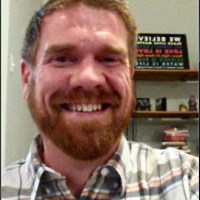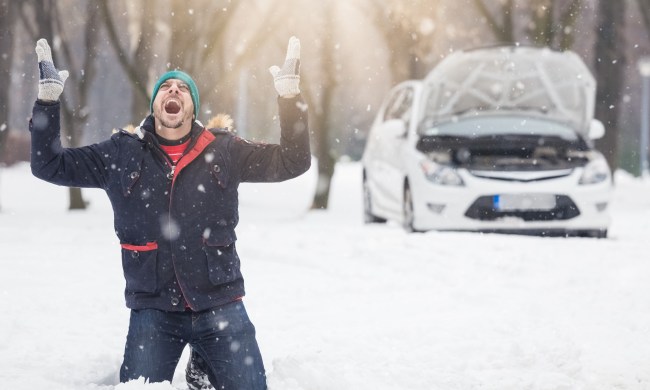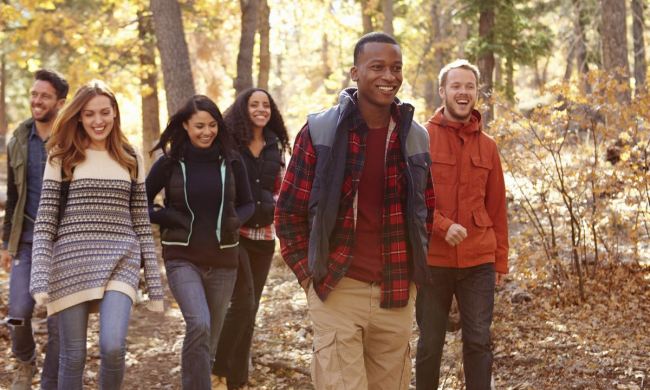
Frozen shoulder is a painful condition that causes the shoulder to feel stiff. Range of motion is often quite limited, meaning the condition can hinder your ability to perform every day tasks.
Officially known as adhesive capsulitis, frozen shoulder is caused when inflammation strikes the joint capsule. The condition can be maddening not only because of the symptoms but because it can take many months or even years to fully clear up.
There are several known causes of the condition, though it sometimes happens for no apparent reason at all. Known causes include:
- Bone fracture
- Diabetes
- Heart disease
- Hyperthyroidism
- Parkinson’s disease
- Prolonged immobilization following surgery
- Trauma
According to estimates, frozen shoulder occurs in about 2% of the general population and happens most frequently in women and people between ages 40-60 years.
Fortunately, there are some recognized techniques that may help prevent the condition.

Stages of frozen shoulder syndrome
Frozen shoulder, also known as frozen shoulder syndrome or FSS, typically breaks down into three distinct stages.
Stage 1
Pain and stiffness — the telltale “freezing” — happens over a period of several weeks to as long as nine months. As the pain gets worse, so too does the range of motion. Pain comes on slowly and tends to be worse at night or when placing weight on the affected shoulder.
Stage 2
According to experts, this stage can last between four and six months. Pain may not be as severe or long-lasting as in stage one, but stiffness will persist, to the point where daily activities that were once easy to do now can no longer be done with the affected shoulder.
Stage 3
Sometimes known as the “thawing” stage, this stage can last from six months to as long as two years. Range of motion will slowly — very slowly — return to its previous levels. Pain will be minimal at this stage.
How to prevent frozen shoulder
There are no two ways about it: frozen shoulder can be hard to deal with. With pain and stiffness that persist for such a long period of time, thinking of ways to prevent the condition from starting can take on importance, especially if you’re in the high-risk demographic categories.
A few easy steps to help prevent frozen shoulder include:
- Stretching shoulder and back muscles daily
- Stretching shoulder tendons
- Strengthening the shoulder with exercises including outward and inward rotation with an exercise band
- Maintaining a healthy immune system
- If you have diabetes, monitor your condition closely
- Using good posture and ergonomics while sitting
- Doing range-of-motion rehab exercises as early and as thoroughly as possible after an injury or surgery
Fortunately, preventing frozen shoulder isn’t especially arduous. Many of the prevention steps are steps we should be taking anyway as part of a healthy overall lifestyle.

Treatment
If you do have frozen shoulder, there are a variety of treatments available, and the overwhelming majority of patients eventually regain full function and a pain-free life. Talk to your health care professionals to create a treatment plan that fits your unique situation.
Generally speaking, common treatments for frozen shoulder include:
- Physical therapy
- Occupational therapy
- Oral steroids
- Non-steroidal anti-inflammatory drugs, such as ibuprofen (Advil) or naproxen sodium (Aleve)
- Steroid injections directly into the joint.
- Nerve blocker for pain relief
If all else fails, special surgery is available. However, it is a true last resort and usually involves intensive physical therapy afterward.
Frozen shoulder should be taken seriously, because, simply put, it is no fun. Fortunately, there are several common-sense tools and strategies to both prevent and treat frozen shoulder.
If you fit the demographic profile for someone who may be at high risk for frozen shoulder, if you think you may be developing the symptoms of frozen shoulder, or if you simply have more questions about the condition, consult your health care provider.
BlissMark provides information regarding health, wellness, and beauty. The information within this article is not intended to be medical advice. Before starting any diet or exercise routine, consult your physician. If you don’t have a primary care physician, the United States Health & Human Services department has a free online tool that can help you locate a clinic in your area. We are not medical professionals, have not verified or vetted any programs, and in no way intend our content to be anything more than informative and inspiring.



